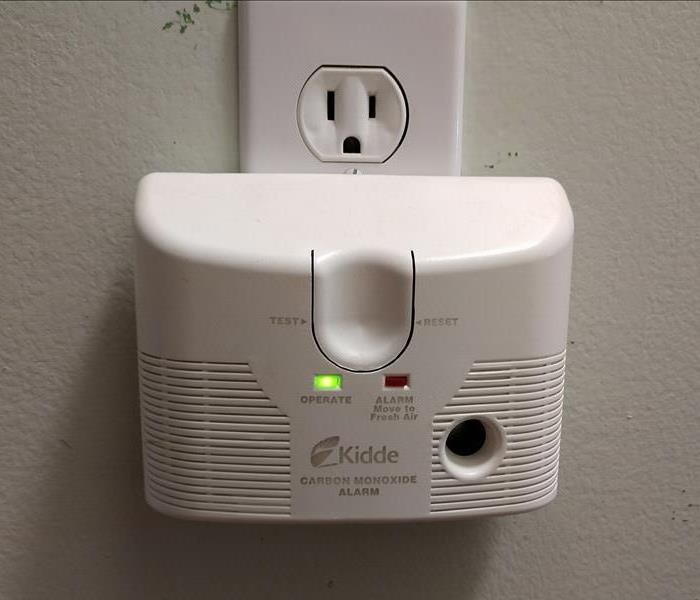Brownstown Residents: Know the Dangers of Carbon Monoxide
5/30/2018 (Permalink)
Carbon monoxide has long been known as the “silent killer.” Colorless, tasteless, and odorless, it’s no wonder that it is one of the most difficult gasses to detect.
What are the causes of carbon monoxide?
Carbon monoxide can be created by space heaters, open flames, gas appliances, generators, grilling, a blocked chimney, or even a running car in an enclosed space. That is why it is imperative to install and operate appliances as the manufacturer recommends to decrease the chances of carbon monoxide levels rising.
How do I know if I've been affected?
Carbon monoxide prevents the blood from being able to carry oxygen. Symptoms are similar to those of the flu, without the fever. Other symptoms include dizziness, severe headache, confusion, fast heart rate, convulsions, and even unconsciousness. Left in a situation with heightened levels of carbon monoxide, brain damage could occur or even death.
If you think you may have higher than normal carbon monoxide levels in your home, do not ignore it! If you are not experiencing symptoms, immediately open doors and windows to air out the area, turn off the source and call the Fire Department. If you are experiencing any of the above, get to fresh air immediately and call 911 from a neighbor’s home.
So how do you protect yourself?
Luckily, there are carbon monoxide detectors that measure levels over a period of time, and give you adequate time to either ventilate the area or evacuate. They are reasonably priced, starting from around $12 and going to over $100 depending on how high tech you are looking for, and can be self monitored, or system connected and monitored like your home security system.
It is recommended that there is one on each floor, and especially outside of sleeping areas. Sensors should be at least 15 feet away from fuel burning appliances, and tested once a week. Sensors last typically 2-5 years, but routine maintenance is encouraged. Every month the unit should be unplugged and either vacuumed or wiped with a dry cloth to remove any dust.
Don’t put you and your family in danger! Know the hazards of carbon monoxide and how to keep your home and loved ones safe!





 24/7 Emergency Service
24/7 Emergency Service
